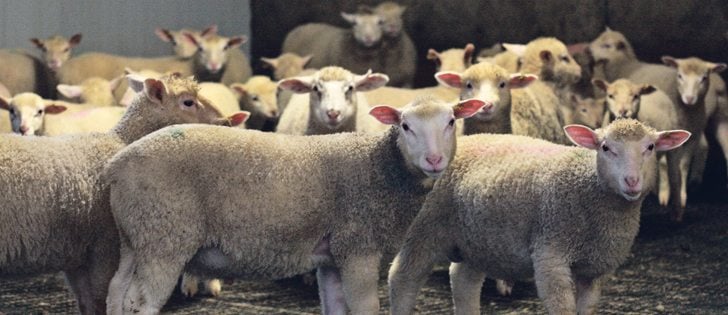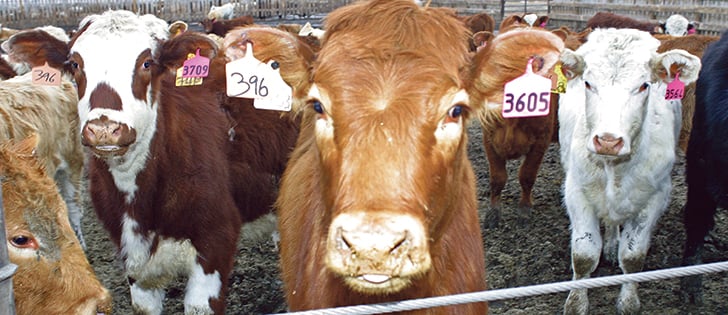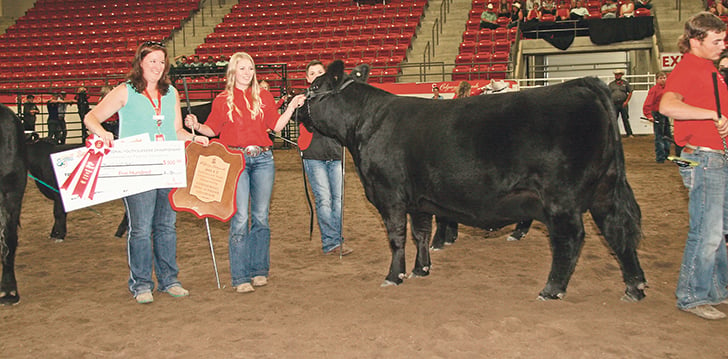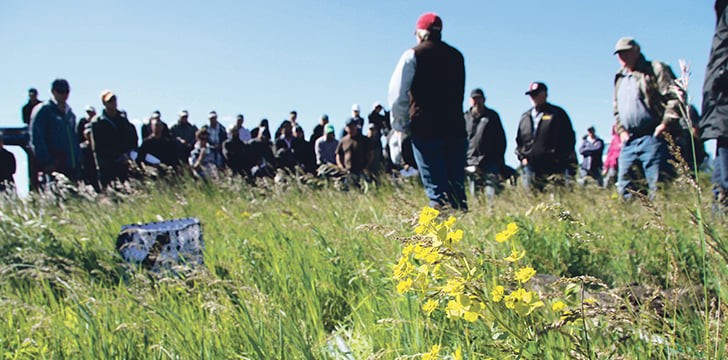Sheep are best known for producing luxurious wool and succulent lamb chops, but researchers in Montana are learning that sheep have other talents.
Sheep, it turns out, are also good at eating weeds, managing crop residue, recycling nutrients and are especially proficient at killing a pest in semi-arid regions of the Northern Plains: the wheat stem sawfly.
“We’ve compared grazing to tillage, burning and doing nothing for sawfly mortality and grazing always comes out to have the highest mortality,” said Patrick Hatfield, Montana State animal science professor.
Read Also
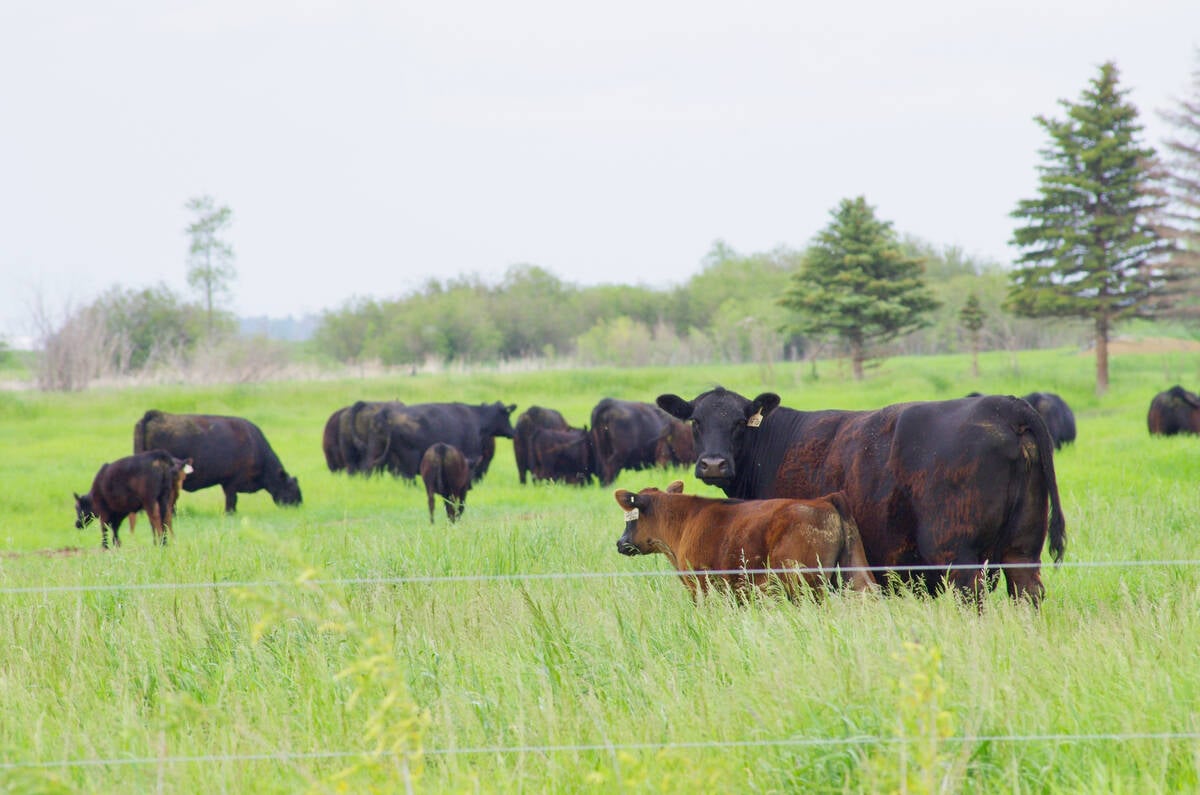
Tick research from the University of Manitoba focuses on insects and testing
Manitoba researchers are looking into the effects of tick and fly disease in cattle.
For the last several years, Hatfield and his Montana State colleagues, along with U.S. Department of Agriculture scientists, have studied sheep grazing on wheat stubble to evaluate the ruminant’s impact on soil quality, pest control, residue management and of course, crop yield.
In the four-year study, sheep grazed on wheat stubble at rates of 60 animals per acre and the data was compared to plots with a glyphosate treatment or tillage to control weeds.
There was no difference in wheat yield between the three systems, but the sheep were just as effective as the other two treatments in weed control, said Upendra Sainju, a USDA soil scientist in Sidney, Mont.
“There was almost nothing. After nine or 10 days, it looked like the other treatments, the herbicide and the tillage.”
As for residue management, the scientists found that sheep could graze on spread or windrowed straw. Windrowing likely boosts the amount of feed available, while spreading provides more uniform residue cover.
“Stubble is a fine feed, but obviously it’s not the best quality in the world,” Hatfield said.
Nonetheless, using sheep for weed control instead of herbicide or tillage does provide additional benefits, such as sawfly control.
The wheat stem sawfly feeds on the wheat stem and can cause the plant to fall over late in the growing season.
In the Montana study, researchers determined that sheep kill 80 percent of the sawfly that overwinter in wheat stubble.
“The sheep, and a lot of this is just hoof action, are basically disrupting that larvae life cycle. They’re disrupting that overwintering cocoon,” Hatfield said.
In a separate experiment, Hatfield found that grazing sheep on alfalfa through the winter could be an effective method to kill alfalfa weevil.
“We did a study where we left (sheep) on until … May. We were grazing to control alfalfa weevil and when they cut hay … at the end of June, early July, there was no difference in (alfalfa) yield,” he said. “And there was probably a little higher protein in the sheep grazed (fields) because basically they got rid of the weevils that were eating the best part of the alfalfa.”
As a soil scientist, Sainju wanted to understand how sheep grazing affects soil properties, particularly nutrient cycling.
By consuming the stubble, the sheep removed more phosphorus and potassium from the system, compared to tillage or glyphosate. Yet, that loss could be mitigated if producers altered the rotational grazing system, Sainju noted.
“By reducing the period of grazing intensity … more crop residue would be returned to the soil. That way we could retain more nutrients in the soil.”
Hatfield described sheep grazing on stubble as nutrient processing rather than nutrient removal be-cause the sheep can only metabolize about 20 percent of the wheat stubble.
“Most of that stuff went through the sheep, they chewed it up, made it small and mixed it with microbial cell fragments and a bunch of urine, and dumped it out the back end.”
Looking forward, Hatfield would like to examine how sheep could be used to improve soil organic matter.
Instead of grazing, Hatfield said a producer could finish several hundred head of lamb on crop stubble, which might boost soil organic matter.
“Some work in Argentina says we can get one to two percent increase in organic matter. That’s huge.”
Hatfield recognizes that grain farmers aren’t going to drive to the nearest livestock auction anytime soon to purchase a flock of sheep. In Montana, though, sheep farmers are loaning animals to neighbouring farmers to graze on crop stubble for mutual benefit.
“This doesn’t mean that every grain producer has to be a sheep herder or a cowboy. We’re not talking about going back to the family farmer who has chicken, sheep, cows and 18 different crops. We’re talking about large scale enterprise integration.”





